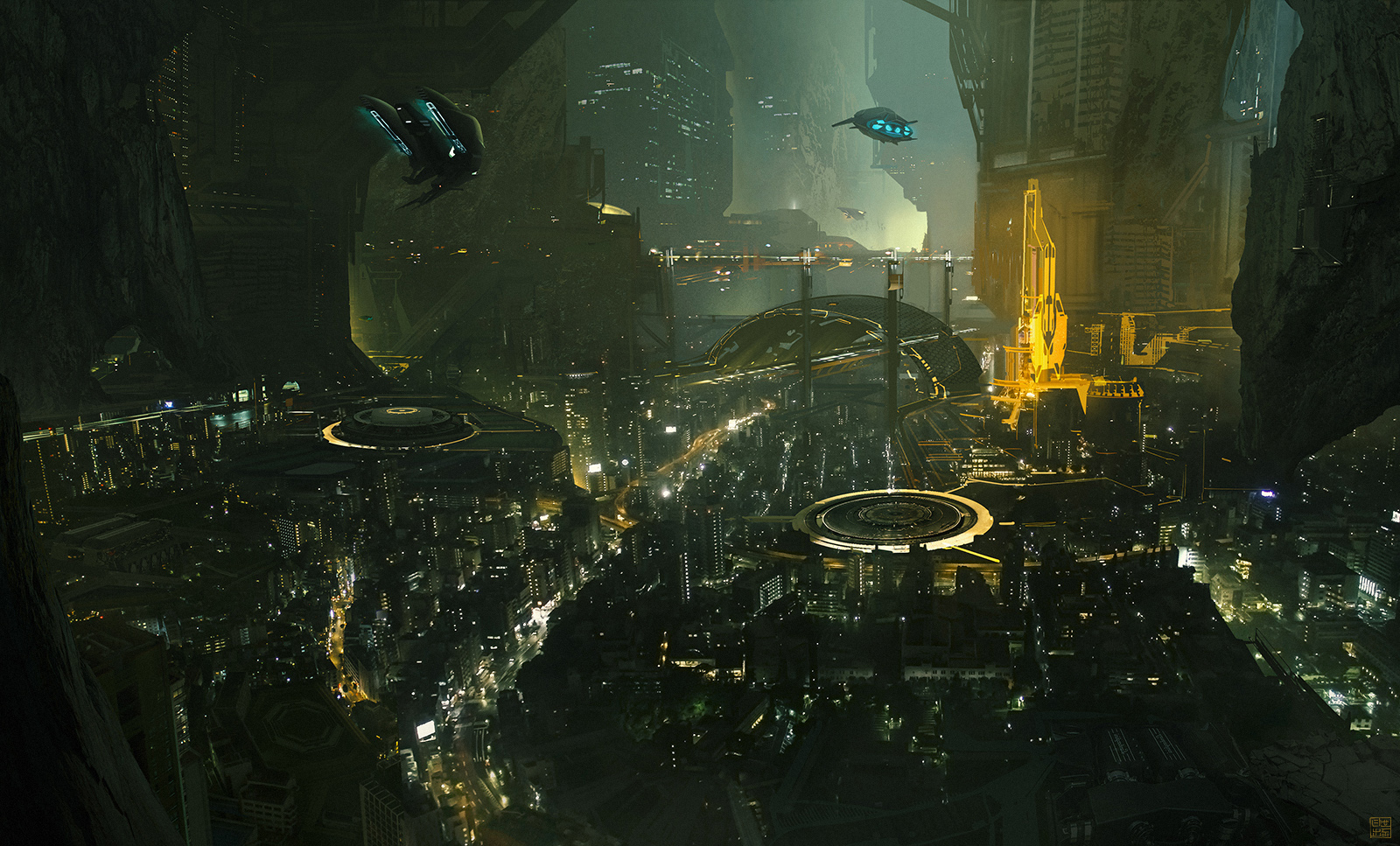I don't why having a place that can ballistically launch space craft easily makes it easier to live on. The Earth is pretty shockingly bad in this regard.
We're already on earth. And the earth is shockingly bad to get out of its gravity well. But it does have a thick enough atmosphere to assist in returning.
The ability to receive materials and to engage in trade is going to be vitally important to establish a colony of any size. A moon base with easy launch facilities isn't just a jumping off point for other exploration, but a place with the easiest access to raw materials found in other places in the solar system. And the moon appears to have some useful water, as do many asteroids. And the moon has a lot of aluminum.
While trying to make a breathable atmosphere for Mars is still SF, it doesn't require much and we wouldn't need pressure suits on the surface. Again good luck even trying to get close to that on Moon/Ceres.
Mars pressure is less the tenth of the minimum pressure required for human blood to not boil - so you definitely need a pressure suit. Average Martian air pressure is about the same is 100,000 ft altitude on earth. At 100,000 feet, military pilots wear space suits and have almost no atmospheric cosmic ray protection. But at least they have the magnetosphere.
Ultimately, anyone living on Mars or the Moon is going to be living indoors. That's a necessity of the lack of cosmic ray protection in either place - plastic domes simply aren't going to cut it. And while going outside might seem more attractive on Mars, it will be an EVA that is just as serious and possibly a lot more dangerous on Mars because of factors like sandstorms, higher gravity and shifting sands. All of that makes it harder to build surface installations and maintain solar collection. The decreased effectiveness of a mass driver means a Martian colony would have to spend part of its resources on propellent to launch any sort of trade goods or mining effort outside of Mars.
So the hundreds or thousands of years required to terraform would be lived largely indoors, and that's assuming it is possible to generate an atmosphere that doesn't just boil off into space since the gravity is only .37 of Earth's. It is a real question whether even the thickest atmosphere would remain for any useful length of time.
In contrast, places with low gravity and easier access to solar energy are great places to hollow out. Excavations of city size caverns in the moon's more homogeneous soil would be possible and stable. Hollow asteroids could be built with carousels or spun themselves if sufficiently fused enough.
That's why I don't get it. The Martian atmosphere is all hazard and no reward, major projects on Mars are going to be much more difficult and the atmosphere that is there makes ferrying materials to and from the gravity well much more costly. That doesn't seem worth it to be able to look out of a several feet of glass at the Martian surfaces when you could build an indoor paradise other places. And the moon already has accessible lava tubes that could be quickly occupied. One found so far is 50km long and 100m wide.
This is what the view "out the window" of a Lunar lava tube colonist would look like:
This is the scale of what could be done over time:
Or maybe this:




